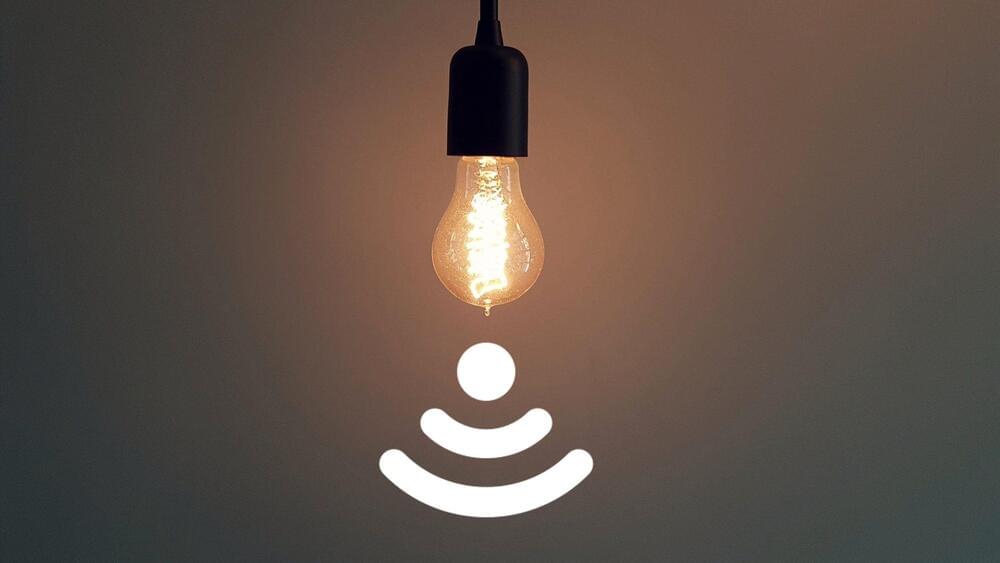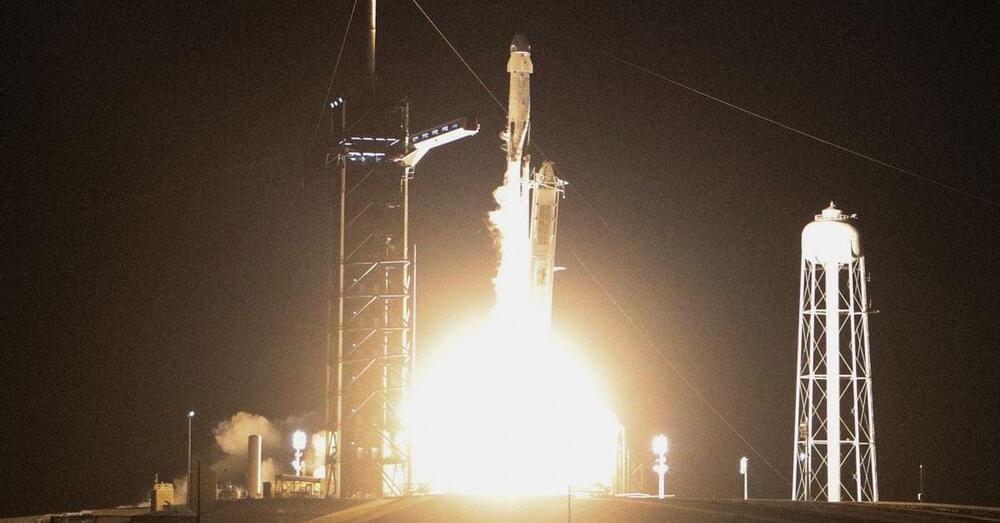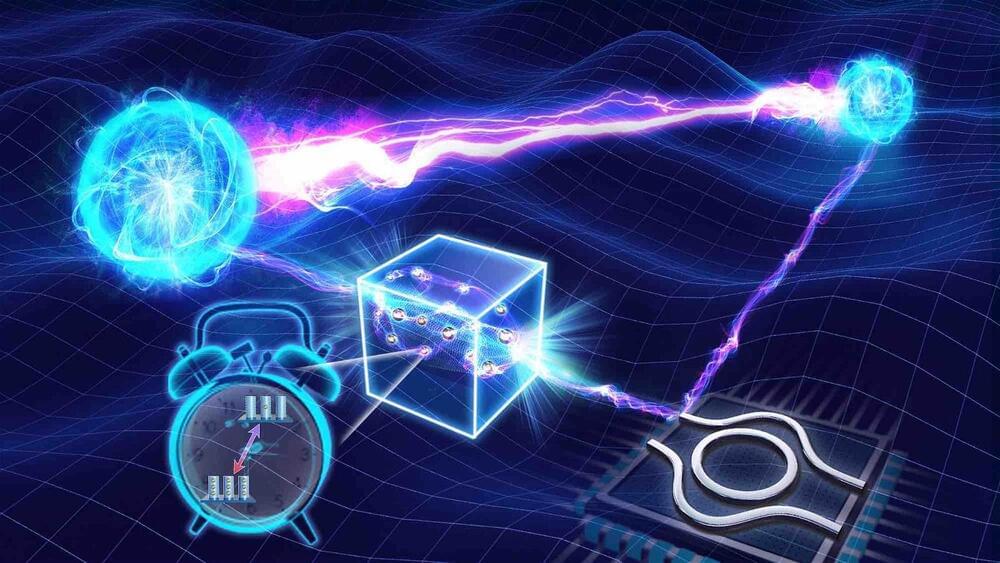The addition of SpaceX’s Falcon 9 brings a new dynamic to Amazon’s Project Kuiper, introducing unexpected competition within the space industry.
Amazon, SpaceX
Rivals and partners.
The addition of SpaceX’s Falcon 9 brings a new dynamic to Amazon’s Project Kuiper, introducing unexpected competition within the space industry.
Amazon, SpaceX
Rivals and partners.

In the age of rapid technological advancements, a new player has emerged on the scene, promising to revolutionize the way we transmit data wirelessly. Li-Fi, or Light Fidelity, is a cutting-edge technology that employs visible light to transmit information, offering an innovative alternative to traditional radio frequency-based wireless communication systems.
The IEEE published the 802.11bb standard for light-based networking in July 2023, an extension of the Wi-Fi specification enabling wireless networking using visible and infrared light rather than the radio spectrum. The standard outlines adjustments to the physical and medium access control layers, allowing wireless networking through light source modulation imperceptible to the human eye.
The Li-Fi specification mandates bidirectional transmission within the 800nm to 1,000nm electromagnetic spectrum range, ensuring a minimum throughput of 10 Mb/s and a maximum of 9.6 Gb/s at the MAC data service access point. By comparison, Wi-Fi operates within wavelengths of 120mm (2.4 GHz) and 60mm (5 GHz), with speeds that vary across versions, including Wi-Fi 6, which reaches up to 9.6 Gb/s, akin to Li-Fi capabilities.

Billionaire CEO Elon Musk on Friday said that his rocket manufacturing company SpaceX launched the satellite systems of its rivals without favoring their own.
The CEO took to X to clarify the same after SpaceX entered into a contract to launch Amazon.com Inc’s AMZN Kuiper satellites, aimed at providing satellite internet along the lines of SpaceX’s Starlink.
What Happened: Under the newly announced contract, SpaceX’s Falcon 9 rocket will launch thrice to deliver Kuiper satellites to low-Earth orbit starting mid-2025. Project Kuiper is a project by the e-commerce giant aimed at providing broadband with the help of a network of satellites in low-Earth orbit like Starlink.

Dec 1 (Reuters) — Amazon (AMZN.O) on Friday said it booked three Falcon 9 launches with Elon Musk’s SpaceX to help deploy the ecommerce giant’s Project Kuiper satellite network, tapping a rival in the satellite internet business for its multi-billion dollar launch campaign.
Amazon aims to build Kuiper as a constellation of 3,236 satellites in low Earth orbit to beam broadband internet globally and compete with SpaceX’s Starlink network, which already has some 5,000 satellites providing nearly global coverage.
Amazon, which vowed in 2019 to invest $10 billion into the project, will put an unspecified number of Kuiper satellites on three Falcon 9 rockets from SpaceX beginning in mid-2025, the company said Friday.

Researchers at the University of Sydney Nano Institute have invented a compact silicon semiconductor chip that integrates electronics with photonic, or light, components. The new technology significantly expands radio-frequency (RF) bandwidth and the ability to accurately control information flowing through the unit.
Expanded bandwidth means more information can flow through the chip and the inclusion of photonics allows for advanced filter controls, creating a versatile new semiconductor device.
Researchers expect the chip will have applications in advanced radar, satellite systems, wireless networks and the roll-out of 6G and 7G telecommunications and also open the door to advanced sovereign manufacturing. It could also assist in the creation of high-tech value-add factories at places like Western Sydney’s Aerotropolis precinct.

The network’s total capacity will surpass 500 Gbps by 2025.
While China is already marching ahead with its internet infrastructure, the country has announced the completion of its first high-orbit satellite communication network, which aims to provide fast and reliable internet service within its territory and to several countries along its Belt and Road initiative.
The network, which consists of three high-throughput satellites named ChinaSat 16, 19, and 26, is expected to compete with SpaceX’s Starlink, a low-orbit satellite system developed by the American aerospace company, according to a Beijing-based communications expert.
500 Gbps speeds by 2025
According to the state news agency Xinhua, the state-owned China Aerospace Science and Technology Corporation, which owns the satellite operator, said the network would offer internet service for various sectors, such as aviation, navigation, emergency, and energy.

Chinese researchers report the successful quantum storage of entangled photons at telecom wavelengths within a crystal, in a breakthrough achievement that reportedly lasted 387 times longer than past similar experiments.
The research team, based at Nanjing University, says their findings could potentially “pave the way for realizing quantum networks based on solid-state devices.”
The Coming Quantum Internet



Elon Musk is hyping the imminent release of his ChatGPT competitor Grok, yet another example of how his entire personality is just itself a biological LLM made by ingesting all of Reddit and 4chan. Grok already seems patterned in many ways off of the worst of Elon’s indulgences, with the sense of humor of a desperately unfunny and regressive internet troll, and biases informed by a man whose horrible, dangerous biases are fully invisible to himself.
There are all kinds of reasons to be wary of Grok, including the standard reasons to be wary of any current LLM-based AI technology, like hallucinations and inaccuracies. Layer on Elon Musk’s recent track record for disastrous social sensitivity and generally harmful approach to world-shaping issues, and we’re already looking at even more reason for concern. But the real risk probably isn’t yet so easy to grok, just because we have little understanding yet of the extent of the impact that widespread use of LLMs across our daily and online lives will have.
One key area where they’re already having and are bound to have much more of an impact is user-generated content. We’ve seen companies already deploying first-party integrations that start to embrace some of these uses, like Artifact with its AI-generated thumbnails for shared posts, and Meta adding chatbots to basically everything. Musk is debuting Grok on X as a feature reserved for Premium+ subscribers initially, with a rollout supposedly beginning this week.